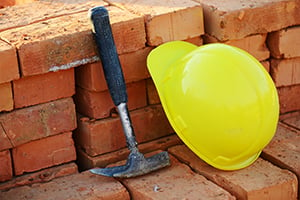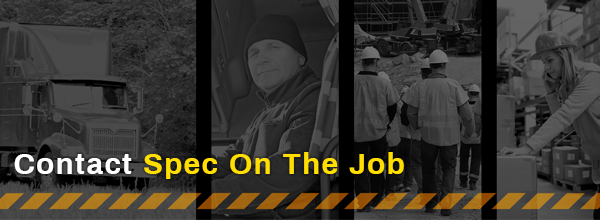The spring construction season is in full swing. Thousands of workers who were sidelined by winter weather have headed back to work.
Because worker safety is of the highest priority, OSHA keeps a running list of the top construction hazards.
1. Scaffolding
Scaffold-related incidents cause an estimated 4,500 injuries and 50 fatalities each year.
What supervisors can do:
- A scaffold should be sufficient to carry its own weight, plus four times the maximum intended load without settling or displacement.
- Barrels, boxes, loose bricks, or concrete blocks must never be used to support scaffolds.
- Scaffolds must not be erected, moved, dismantled or altered except under the supervision of a competent person, and they should also be routinely inspected.
- Scaffolds must be at least 10 feet from electric power lines.
2. Falls
Falls consistently account for the greatest number of fatalities in the construction industry.
What supervisors should do:
- Cover floor holes.
- Provide workers with safety net systems and/or body harnesses.
- Train workers on the nature of fall hazards present on each job site.

3. Trenching/Excavations
Trench collapses cause dozens of fatalities and hundreds of injuries each year. And trenching deaths continue to rise. There were more trenching deaths in 2016 than in 2014 and 2015 combined.
What supervisors should do:
- Employ a registered professional engineer to design a protective system for trenches more than 19 feet deep.
- Slope and bench the sides of an excavation.
- Place a shield between the sides of an excavation and the work area.
- Provide ladders, steps, ramps or other means of safe entry and exit from all excavations.
4. Ladders
OSHA estimates that there are 24,882 injuries and as many as 36 fatalities each year due to falls on ladders (and also stairways) used in construction.
What supervisors should do:
- Mark or tag damaged or defective ladders for repair or replacement with “Do Not Use,” or destroy those ladders immediately.
- Have a competent person visually inspect a ladder before use for any defects. Defects can include: split or bent side rails, broken or missing rungs, or the presence of grease or other slippery contaminants.
- Be sure the ladder’s load rating can support the weight of the user, plus materials and tools.
5. Head Injuries

“Struck-by-an-object” injuries account for about 9% of construction worker deaths. 51% of these cases were of a worker being struck by a falling object or piece of equipment.
What supervisors should do:
- Be sure workers wear hard hats wherever there is a potential for objects falling from above. Workers should also wear hard hats to protect against bumping into fixed objects, or accidental contact with electrical hazards.
- Routinely inspect hard hats for dents, cracks or deterioration.
- Replace hard hats after a heavy blow or electrical shock.
Sources: OSHA.gov, Construct Connect

“Helping our clients get jobs done since 1998.”